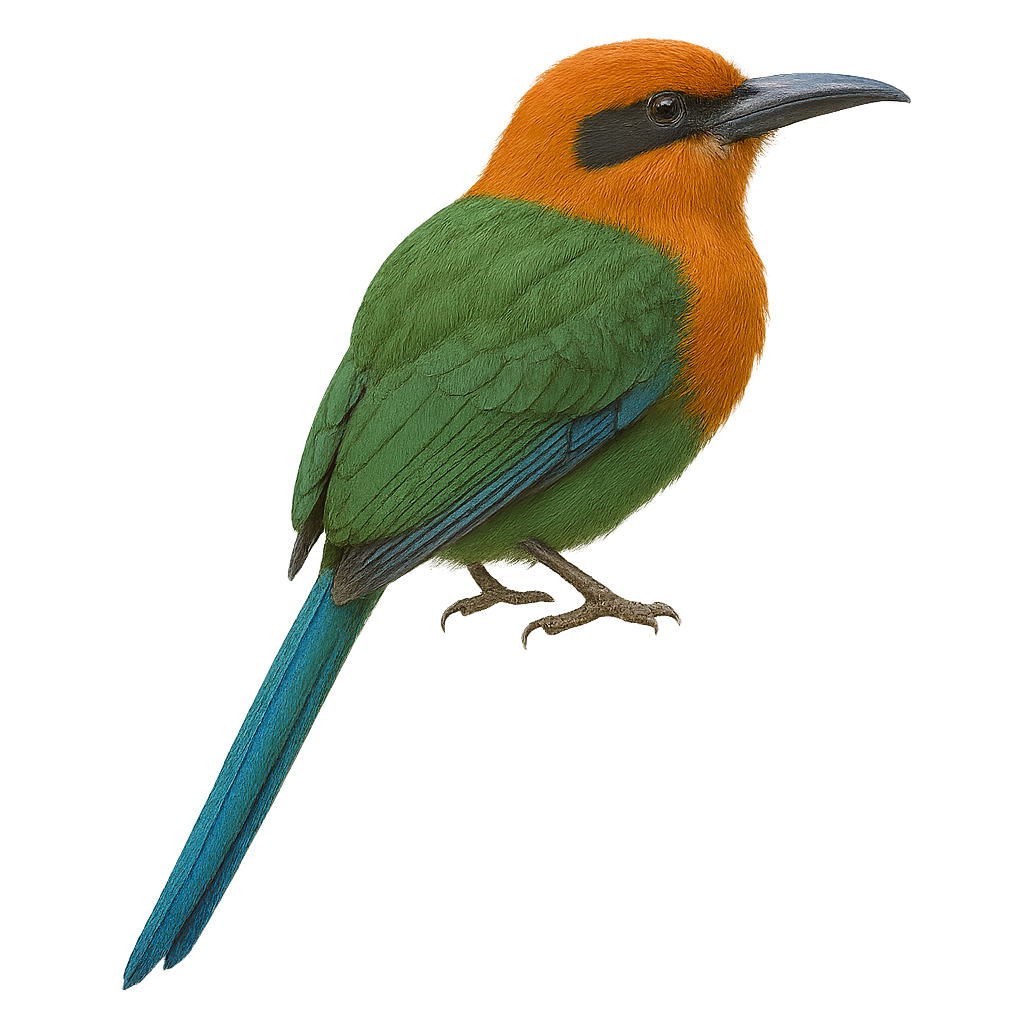Your wildlife photography guide.
Explore the broad-billed motmot in detail, study its behavior, prepare your shots.
Where to observe and photograph the broad-billed motmot in the wild
Learn where and when to spot the broad-billed motmot in the wild, how to identify the species based on distinctive features, and what natural environments it inhabits. The WildlifePhotographer app offers tailored photography tips that reflect the broad-billed motmot’s behavior, helping you capture better wildlife images. Explore the full species profile for key information including description, habitat, active periods, and approach techniques.
Broad-billed Motmot
Scientific name: Electron platyrhynchum

IUCN Status: Least Concern
Family: MOMOTIDAE
Group: Birds
Sensitivity to human approach: Suspicious
Minimum approach distance: 10 m
Courtship display: March to April
Incubation: 20-22 jours
Hatchings: March to May
Habitat:
Tropical forests, humid forests, forest edges
Activity period :
Primarily active during the day, with peak activity in the morning and late afternoon.
Identification and description:
The Broad-billed Motmot, scientifically known as Electron platyrhynchum, is a colorful bird found in the tropical forests of Central and South America. It is distinguished by its vibrant plumage, which includes shades of green, blue, and orange, and its broad, flattened bill. This bird measures about 28 to 30 cm in length. It is often seen perched quietly in the canopy, where it hunts insects and small reptiles. The Broad-billed Motmot is also known for its distinctive tail, which ends in two racket-shaped feathers. It uses this tail to communicate with its peers, especially during courtship displays.
Recommended lens:
400 mm – adjust based on distance, desired framing (portrait or habitat), and approach conditions.
Photography tips:
To photograph the Broad-billed Motmot, it is advisable to use a telephoto lens of at least 400 mm to capture sharp images from a distance. These birds are often perched in the canopy, so good lighting is essential to avoid motion blur. Opt for early morning or late afternoon hours to benefit from soft light. Be patient and discreet to avoid scaring them away, as they can be suspicious.
The WildlifePhotographer App is coming soon!
Be the first to explore the best nature spots, track rutting seasons, log your observations, and observe more wildlife.
Already 1 431 wildlife lovers subscribed worldwide

